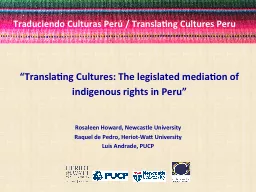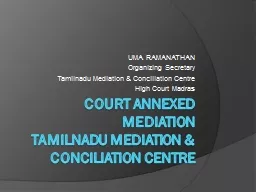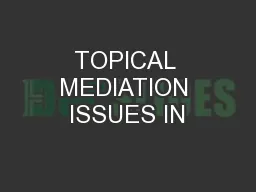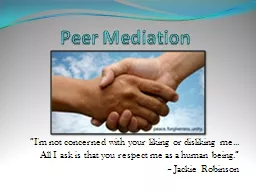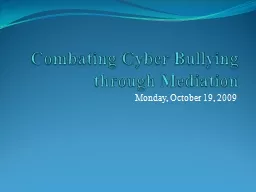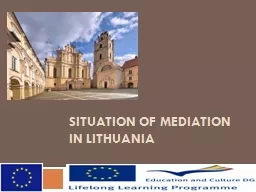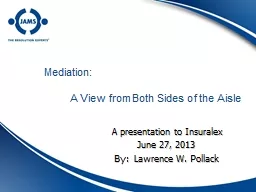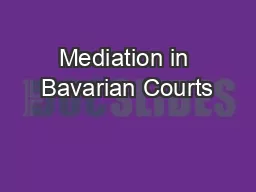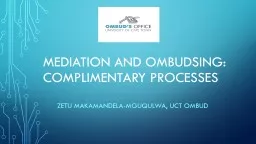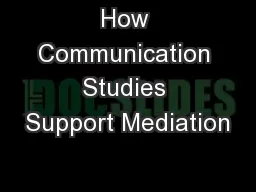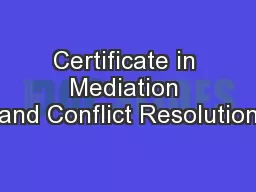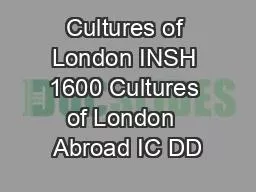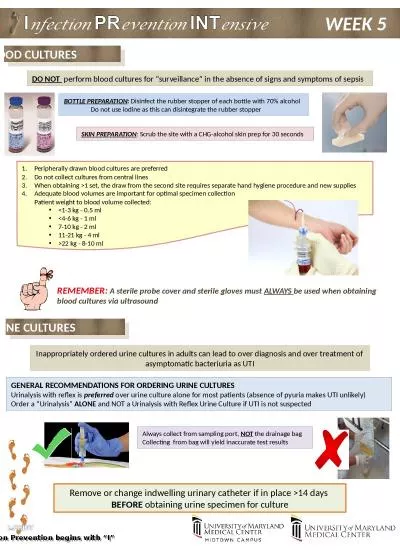PPT-“Translating Cultures: The legislated mediation of
Author : faustina-dinatale | Published Date : 2018-02-19
indigenous rights in Peru Rosaleen Howard Newcastle University Raquel de Pedro HeriotWatt University Luis Andrade PUCP Traduciendo Culturas Perú Translating
Presentation Embed Code
Download Presentation
Download Presentation The PPT/PDF document "“Translating Cultures: The legislated..." is the property of its rightful owner. Permission is granted to download and print the materials on this website for personal, non-commercial use only, and to display it on your personal computer provided you do not modify the materials and that you retain all copyright notices contained in the materials. By downloading content from our website, you accept the terms of this agreement.
“Translating Cultures: The legislated mediation of: Transcript
Download Rules Of Document
"“Translating Cultures: The legislated mediation of"The content belongs to its owner. You may download and print it for personal use, without modification, and keep all copyright notices. By downloading, you agree to these terms.
Related Documents

